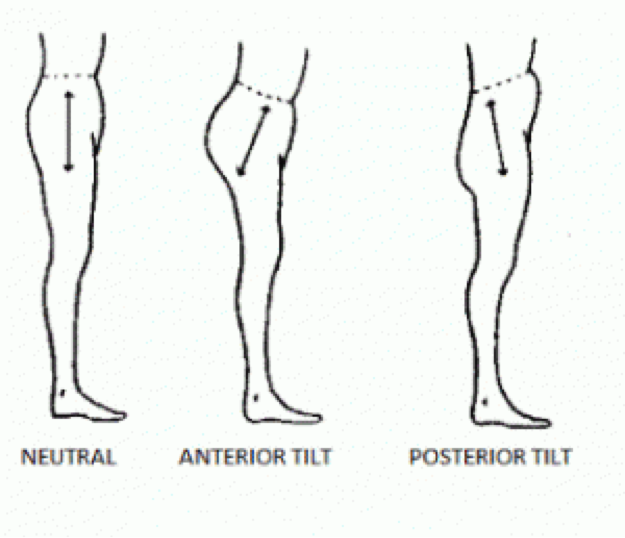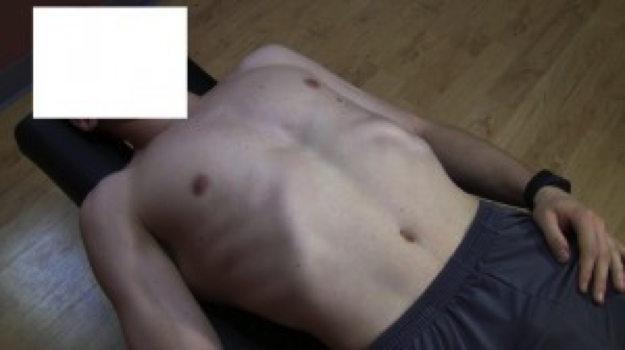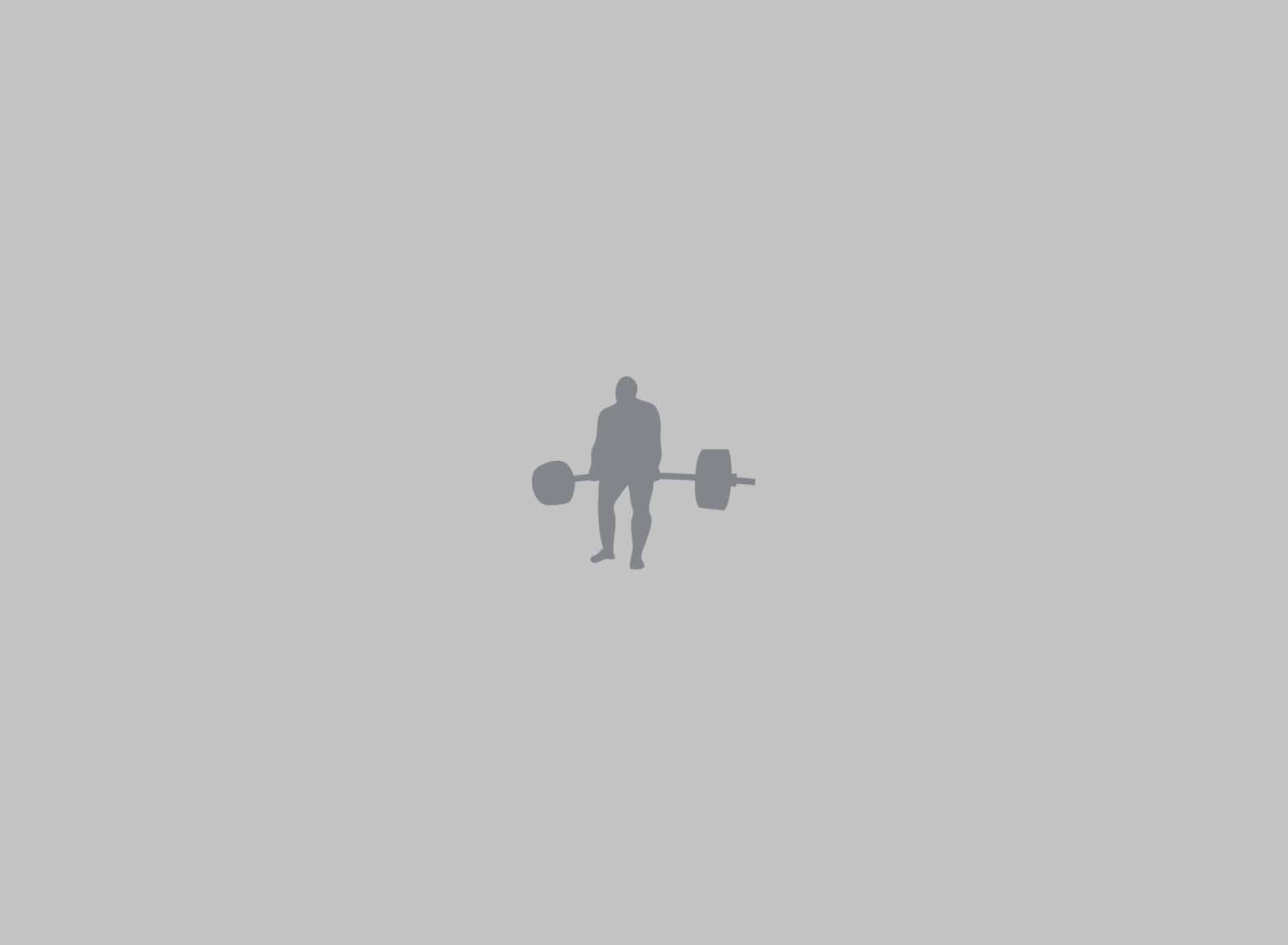Written by Greg Robins
It’s the first day of his internship and Chris is more than ready. His world revolves around human performance. He has sacrificed a lot to gain this opportunity. The last few years have been spent scanning pages, articles, and manuals. His nights were spent in the University gym, running through countless different programs. This chance to finally put it all into action, to pay it forward and coach athletes to optimize their performance; he’s nervous with anticipation.
A few hours into the day, the staff has finished with the niceties, and Chris finds himself on the gym floor. An athlete approaches Chris, he needs some help going through his programming for the day, and this is it – Chris’s debut.
“Brace your core,” says Chris.
The young athlete looks at him, attempts to re-arrange himself.
“No, like this, tuck your hips up and keep the rib cage down,” Chris follows, with a hint of frustration.
Again the athlete moves, but can’t make the connection. Him and Chris are both a little discouraged.
Sound familiar?
Of course it does. Every coach has been there.
Furthermore, many of us have witnessed young blood come to the realization that nothing matters if you can’t get athletes to conceptualize a few basic functions of their body.
The more time I spend coaching, and the more young coaches I watch get their feet wet, the more stock I have begun to invest in two concepts. If you want to expedite the learning process, shorten the learning curve, I strongly suggest you make a point of communicating the following.
– Pelvic movement
– Rib cage movement
Athletes are generally terrific at moving distal structures. They throw things kick things, run, jump, etc. What they’re either not proficient at, or not aware of, is how to control proximal structures; for example, their rib cage and their pelvis.
Let’s take a look:
Pelvic Control
Understanding how to control the hips is crucial to sharpening technique, increasing outputs, and staying healthy. It’s not above your athletes to teach them very simply how to do two things with their hips:
- How to move them front to back. Call it what you want, anterior tilt, posterior tilt, flaring, tucking, etc.
This is step one. Explain to your athletes what it looks like, and what it feels like to be in both a forwardly and backwardly rotated position at the pelvis.
Additionally, illustrate how each position has an effect on other structures, such as the curvature of the lower back. As well as how each position causes different displacements of your center of mass. Lastly, get them to feel how larger muscle groups like the spinal erectors engage to bring the hips forward, and the glutes engage to bring the hips back.
It doesn’t take a lot of coaching to get this concept across. Everyone responds to different cueing, but something as simple as “stick your butt out” gets the forward rotation concept across, and “bring your groin to your nose” is pretty foolproof for teaching a posterior tilt. If appropriate you can place your hands on the athletes hips and give them some physical feedback on where the hips are moving in each case.
How to shift into one side. As I like to say, how to “get into each hip.”
This concept is absolutely crucial to get across. Rotational power and change of direction rely on an athlete’s ability to express this movement well.
For a quick example, you can watch this video, where I demonstrate the concept with med ball throwing.
In fact, using the med ball throw close to the wall, as I illustrate, is not too advanced for most athletes. It effectively teaches them how to move from one side into the other.
However, you will have success by using these movements as well. The following will help teach them the feeling of getting into one side.
– Step up
The step up doesn’t get a lot of press, but it’s phenomenal for teaching someone how to shift into one side, and stay there to generate force from the ground using the hips as a primary driver. I like to start with this counter-balanced variation to eliminate compensation through heavy extension.
– Lateral Lunge
The lateral lunge may seem simple as well. You will find even skilled athletes don’t do a good job of pushing back into the hip. Instead they will shift the weight forward. Again, using a counter balance is a good external cue for teaching them how to get into one side.
https://www.youtube.com/watch?v=10YOTv2rnpo
Using a slide board will help with eccentric control, but it’s not necessary.
Rib Cage Control
Controlling the rib cage is also a concept every athlete needs to master. The ability to discern between an optimal rib cage position and a sub optimal position means the difference in better trunk control, respiratory function, and proper alignment of the scapulae and spine. I highly recommend you illustrate to your athletes this concept:
How to elevate and depress the rib cage. Simply stated, ribs up or ribs down.
Most of your athletes will be stuck in a position of elevation. It will be very noticeable as a seeming “flaring” of the rib cage. Another way to assess this is the angle of the rib cage, as you can see in the photo below there is a large angle created from either side of the furthest rib.
*photo credit: billhartman.net
This rib flare is synonymous with being in an “extended” position, and likely a state of hyperinflation. You can read more on that in this recent article.
In order to teach them what it feels like to depress the rib cage, and eliminate the “flare” start with teaching them how to exhale fully. When we exhale fully we begin to close that rib angle.
This concept can then be applied to most any movement, everything from a simple lunge pattern, to getting into optimal alignment for a heavier lift. Here are some good cues and strategies I use on a daily basis.
Tying It All Together
To bring closure to this whole discussion, the final step is linking the two concepts together. When an athlete can effectively control two of his or her most proximal structures they can create optimal positioning of their entire structure. This means they can move and create force more efficiently.
If the hips are displaced, likely the rib cage is too, and vise versa.
We all preach this effective usage of the “core,” and for good reason. When you own the position of your hips and rib cage you own control of the “core.” When you can do that, you can do A LOT with the rest of your body.
As a coach, you need to start proximal, and that means you need your athletes to display what we discussed about above.
Related Articles














































